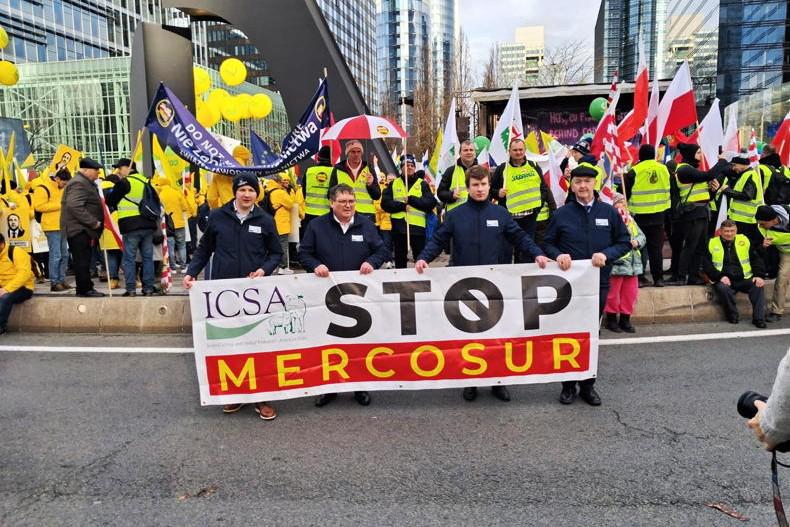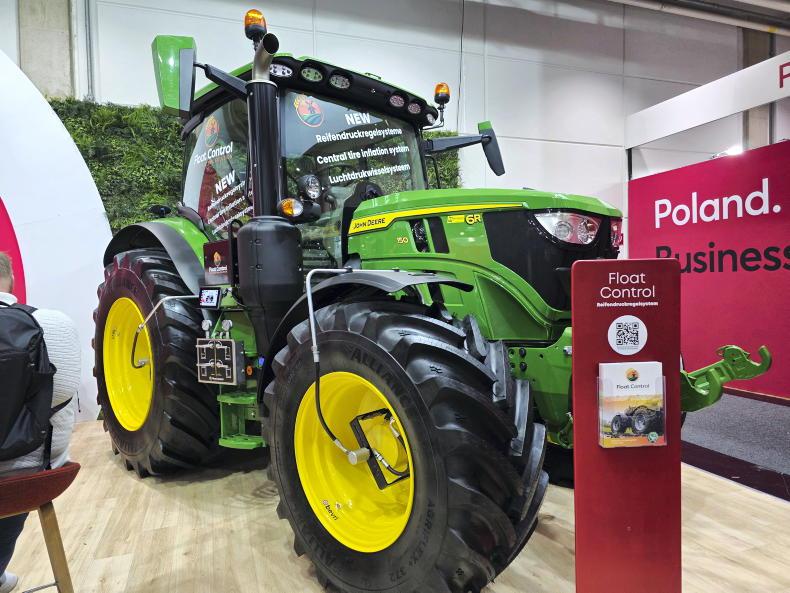We have seen a huge focus on food prices in recent weeks, with the Government demanding that retailers cut food prices further following recent reductions in staples such as milk, bread and butter.
It’s unsurprising that food prices have received more focus than other sectors.
Central Statistics Office (CSO) data shows food price inflation for the past 12 months to March 2023 was 13.3%, while the consumer price index (CPI) increased by 7.7%. However, viewing food prices over this timeframe is short-sighted and misleading.
While we have seen significant food price inflation over the past 12 months, this follows a sustained period of food price deflation. According to the CSO, food prices fell for eight consecutive years from 2014 to 2021.
Irish food prices are now only returning to levels they were at 10 years ago. This is in stark contrast to general inflation as illustrated in Table 1.
If we look back further, the result is even more pronounced. Food prices increased by 5.3% over the past 20 years, while the CPI increased by almost 37% in the same period.
If we exclude the last 12 months and look at the previous 19 years, food prices actually fell by 6.7%, which is a completely unsustainable trend.
Food prices remain low in historical terms when compared with the price of other consumer goods and services.
A clear example of this is the trend in electricity prices which have more than tripled over the past two decades.
Sustainability
Some of the actors in the food chain, most notably retailers and processors, constantly speak of their ‘sustainability’ credentials.
Farmers are dealing with ever-increasing environmental regulation, which in turn leads to substantial increases in the overall cost of production.
However, instead of receiving a return from the marketplace for this increased cost, the opposite has been the case for most of the last decade. As a result, many farmers have become economically unsustainable and have exited farming as a result.
While food prices have remained relatively static over the past 20 years, Irish retailers, based on their financial performance, have continued to maintain profit margins.
Despite holding food prices constant, Irish retailers have successfully reduced the farmers’ share of the food value chain while maintaining their own margins.
Share
Analysis completed by the European Commission showed that the Irish farmers’ share of the food value chain fell from 20% in 2008 to 18% in 2016.
This is significantly below the long-term EU average of around 25%.
The consequences of this drive to reduce the farmer share of the food value chain is now strongly evident in the farming sectors most dependent on the Irish food retail market.
Horticulture farmer numbers have reduced massively; the most recent National Field Vegetable Census showed that the number of field vegetable growers fell from 377 in 1999 to 165 in 2014, a reduction of 56%.
The IFA estimates that the current figure for vegetable growers is fewer than 100.
A similar trend is evident among pig and poultry farmers while there is also a growing number of dairy farmers switching from producing fresh milk destined for Irish retail shelves to producing milk for manufacturing into butter, cheese and other products for export to other countries.
Dysfunctional
The Irish food chain is clearly dysfunctional. This is why we urgently need the Office of Fairness and Food Transparency to get to work to ensure farmers are not the fall guys yet again in the quest to reduce food prices.
While we have seen an increase in food prices over the past 12 months, this has only partially addressed the long-term deflationary trend in food prices.
A cheap food policy does not serve the country well and knee-jerk reactions to short-term price increases without looking at the long-term trend is foolhardy in the extreme.









SHARING OPTIONS